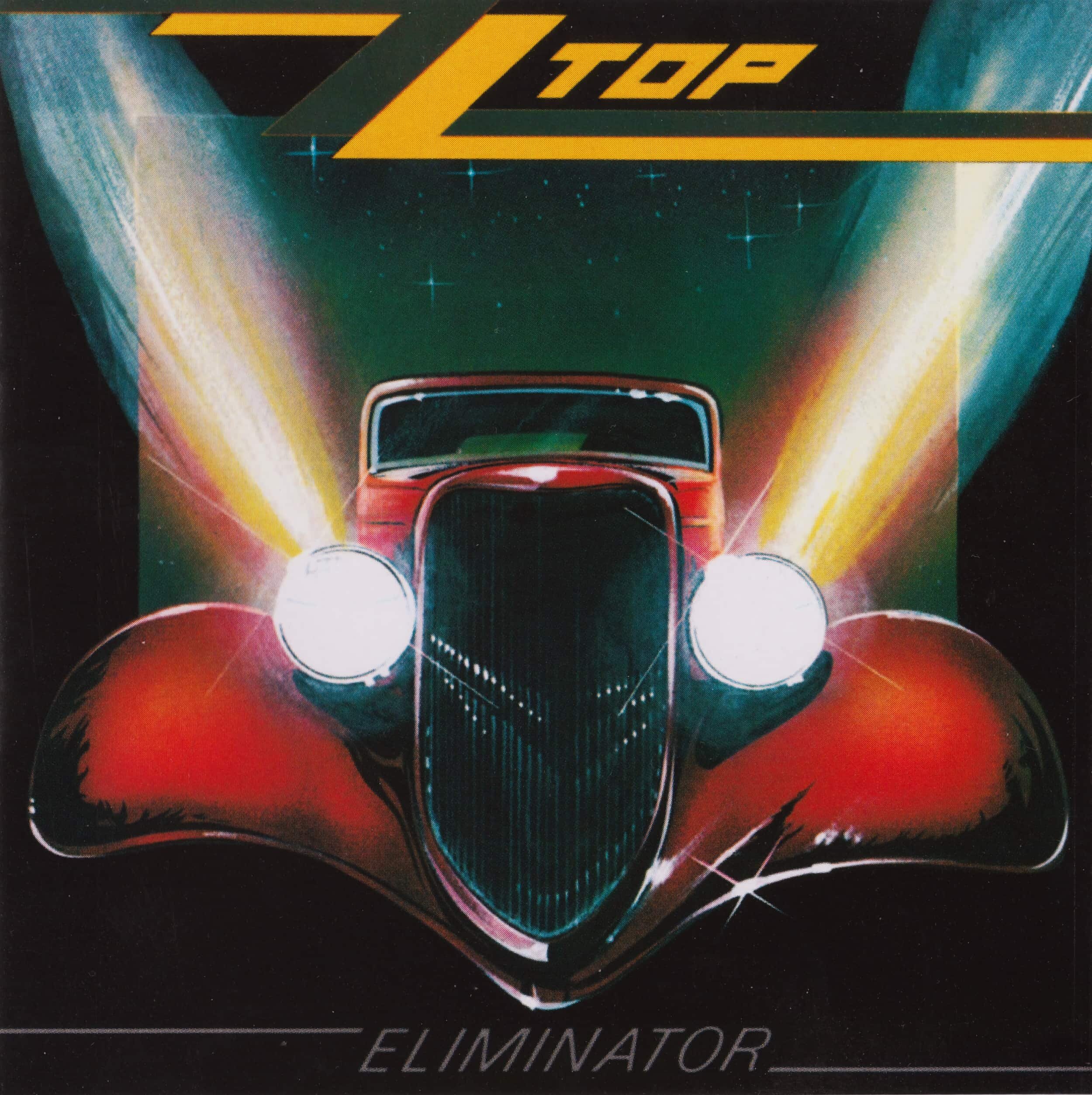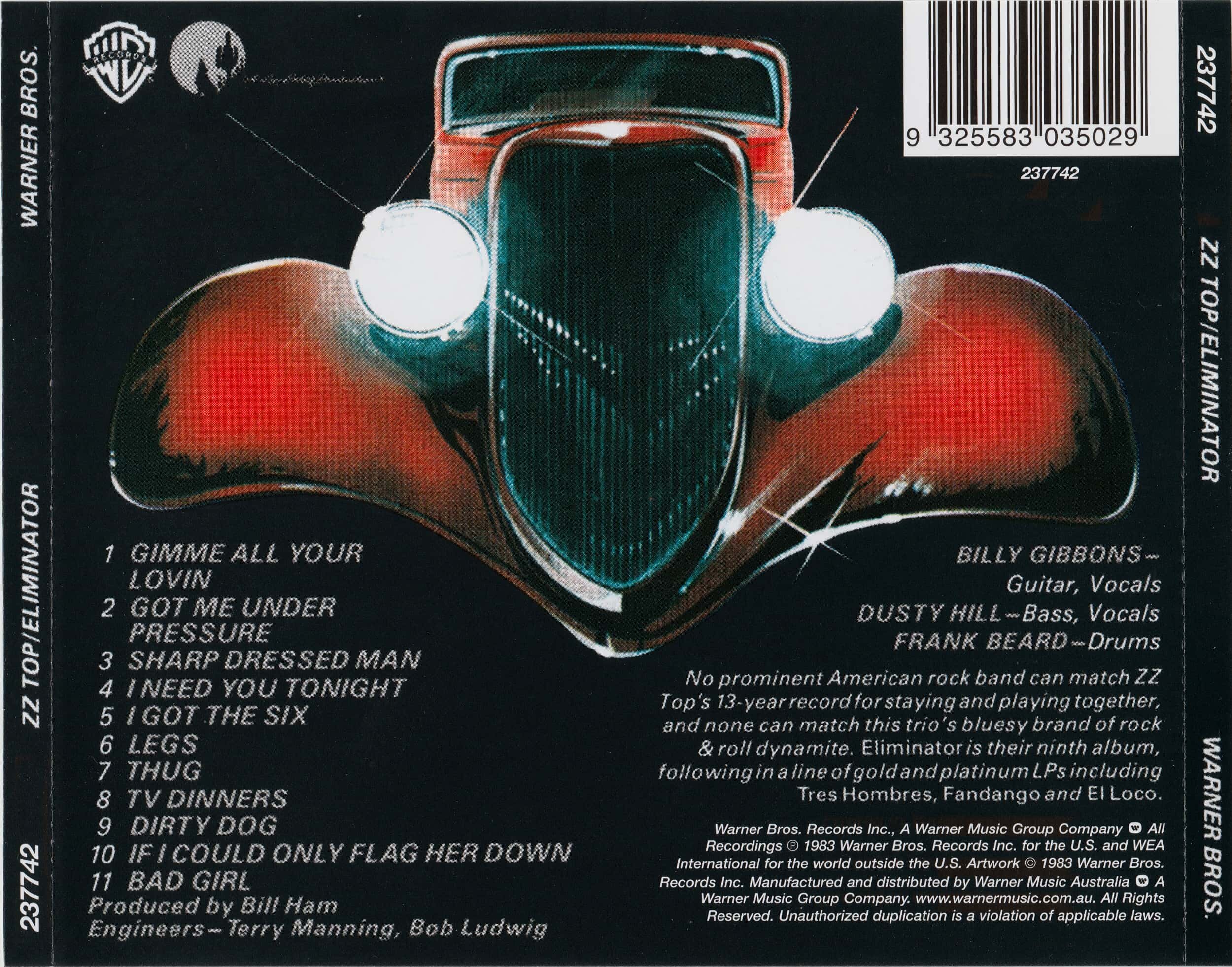It isn’t erroneous to consider Queen as an artist better known for their hits than their albums, but as it pertains to their 1980 release, The Game, it’s all killer, no filler. Naturally, the songs are the key element here as there is more cohesion between chosen tracks, but the shorter runtime also assists with the tightness of the album; one that you’ll find yourself compelled to put on repeat. Yes, it’s an up-and-down motion for those amongst us who appreciate vinyl, but when the music is this good, it’s worth the trouble.
While I consider myself incredibly fortunate to own the superb Queen Studio Collection vinyl box set, the lossless Apple Music stream, an Apple Digital Master, is the perfect counterpart. Yes, the vinyl reproduction, a half-speed master out of Abbey Road Studios by Miles Showell, is the pinnacle as it relates to sonic reproduction, but it would be shortsighted to ignore the streaming digital counterpart. Let’s just put it this way, Queen’s albums were not only recorded and mixed with kid gloves but they’ve been mastered to the very highest standards. Subsequently, as much as I appreciate the vinyl re-issue of The Game, I don’t miss it when playing the stream, thereby further validating just how exceptional the stream is.
Despite the cohesive nature of the music presented on The Game, this release is a shift of form for the band that heralded “…and nobody played synthesiser…(again)”, “No synths!”, and “No Synthesisers!” with pride on prior albums. I don’t know about you, but I’ve never been too concerned with the specific techniques or instruments used, for change isn’t always a bad thing, especially if handled with respect. The Game subsequently changes the rules by allowing synthetic instrumentation; to great effect, I might add. Queen, however, didn’t hide this inclusion touting instead that “This album includes the first appearance of a Synthesizer (an Oberheim OBX) on a Queen album.”
Play The Game doesn’t have the greatest opening, but it’s classic Queen! As soon as the introduction subsides, however, the song comes into its own with some gorgeous guitar work by Brian May, but it’s the rock meets pop styling, as well as Freddie Mercury’s piano backdrop and the additional synthetic elements that take Play The Game to another level perhaps best described as prog rock in style.
The music video is about as corny as music videos can get. Of course, at the time they were revolutionary and weren’t considered with such disdain, but if anyone was seeing the music video for Play The Game for the first time, in the modern era, they’d likely run for the hills and never give it a second thought as it does nothing to amplify the song or stature of Queen. It’s so bad that it undermines their musical talents.
Dragon Attack is a bass lover’s dream come true; thank you, John Deacon! Dragon Attack has such an addictive funk-driven groove that it hooks you from the very first note. An exceptional tune and one of Queen’s most underrated with some stunning guitar and drumming mixed in.
Another One Bites The Dust continues the funky bass-driven sound. There’s so much that could be said about Another One Bites The Dust but nothing really needs to be said for it’s one of those songs that when you hear it, you get it! That said, it is one of those 70s tunes with suspected backmasking. Truth be told, I’m not going to play my record backwards just to see if I can confirm this and it befuddles me as to who, in their right mind, would listen to records backwards. Yes, our inquisitive nature finds it appealing, but I like to listen to and experience music, not find hidden elements that may or may not have been intentionally placed there.
Need Your Loving Tonight is simply a killer rock and roll tune. It was never going to be a hit, but it’s barebones, thereby lacking the usual fanfare of later Queen records and somewhat harking back to their origins.
Crazy Little Thing Called Love is part rock and roll, part rockabilly, and undoubtedly inspired by Elvis Presley. What a great little tune!
The music video for Crazy Little Thing Called Love is a hoot. Seriously, it’s cringeworthy, but it’s so much so that if you can watch it, without bursting into laughter, you’re much more in control of your emotions than I am.
Rock It (Prime Jive) has one of my favourite Queen openings, ever. The mix and otherworldly spaciousness, particularly in the vocal, is magical. Roger Taylor does a solid performance on lead vocals, but it is Mercury’s introduction that is the real drawcard here. That shouldn’t take anything away from Taylor, for it’s a great song as it is, it’s just that Mercury is one of the, if not the greatest, vocalists of all time. Hence, he’s hard to beat!
Don’t Try Suicide is an odd little song. As you may imagine, it’s very literal as there’s little need to interpret meaning, but I’d argue that as well as it works within the album’s sequencing, it is one song that wouldn’t have been missed had it been omitted.
Sail Away Sweet Sister is an unsung masterpiece! Brian May knocked it out of the park from both a composer’s standpoint and that of a lead vocalist.
Coming Soon has an interesting flat backbeat that I remain, to this day, unsure of. It’s as if my mind doesn’t know which element of the rhythm it should attach itself to and I, therefore, consider it more as a transitional tune than a song in and of itself and in that role, it perfectly aligns with the album structure.
Save Me is the perfect closing track and while it isn’t the greatest ballad I’ve ever heard, it’s perfect for Queen and compels me to play the album again.
The music video for Save Me is far better than those for Play The Game and Crazy Little Thing Called Love and is truly worthy of Queen and their legacy.
Overall, The Game is one of Queen’s greatest and most coherent album experiences and is rightly shortlisted as one of the best albums released in 1980. If you don’t have this album in your collection, give it a listen and reflect as to why for it’s worthy of the aforementioned accolades.



















